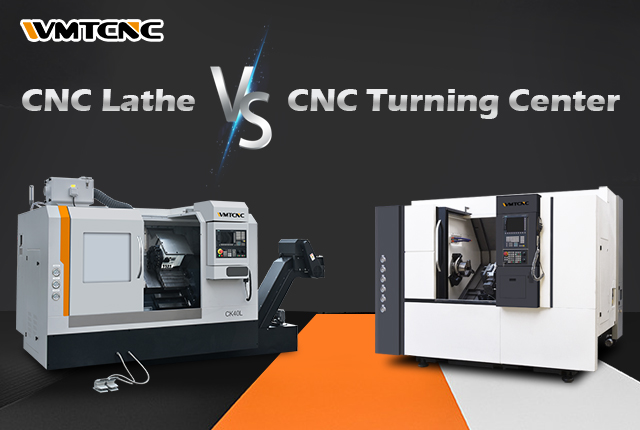
The CNC turning and milling center, just like conventional lathes, are used for machining rotating surfaces of components. They can automatically complete the machining of outer cylindrical surfaces, conical surfaces, spherical surfaces, as well as threads. They can also machine some complex rotational surfaces, such as hyperbolic surfaces.
The workpiece installation methods for lathes and conventional lathes are basically the same. In order to improve machining efficiency, CNC lathes often use hydraulic, pneumatic, and electric chucks.
CNC lathes can be divided into two main categories: horizontal and vertical. Horizontal lathes have two types: horizontal guideway and inclined guideway. High-grade CNC horizontal lathes generally use inclined guideways. They can also be classified based on the number of tool holders, into single-tool holder CNC lathes and dual-tool holder CNC lathes. The former is controlled by two coordinates, while the latter is controlled by four coordinates. Most dual-tool holder horizontal lathes use inclined guideways.
CNC turning centers have a similar appearance to conventional lathes, consisting of a bed, spindle box, tool holder, feed system, pressure system, cooling and lubrication system, among other components.
The feed system of CNC turning and milling centers differs qualitatively from that of conventional lathes. Traditional lathes have a feed gearbox and an exchangeable gear rack, while CNC lathes directly use servo motors to drive the carriage and tool holder through ball screws to achieve feed motion. Therefore, the structure of the feed system is greatly simplified in CNC lathes.
CNC turning and milling center comes in a wide variety of types and specifications, and they can be classified using the following methods.
A. Vertical CNC lathe Vertical CNC lathe is referred to as CNC vertical lathe for short. Its lathe spindle is perpendicular to the horizontal plane, and a circular worktable with a large diameter is used to clamp workpieces. Flexible manufacturing system fms. This type of machine tool is mainly used to process large and complex parts with large radial dimensions and relatively small axial dimensions.
B. Horizontal CNC lathe Horizontal CNC lathe is divided into CNC horizontal guide horizontal lathe and CNC inclined guide horizontal lathe. Its inclined rail structure can make the lathe more rigid and easy to remove chips.
A. Chuck-type CNC lathes do not have a tailstock and are suitable for turning disc (including short shaft) parts. The clamping method is mostly electric or hydraulic control, and the chuck structure mostly has adjustable jaws or non-hardened jaws (that is, soft jaws).
B. Horizontal CNC lathe This type of lathe is equipped with an ordinary tailstock or a CNC tailstock, which is suitable for turning long parts and disk parts with a small diameter.
3. Classified by the number of tool holders:
A. CNC lathe with single tool post CNC lathes are generally equipped with various forms of single tool post, such as four-station horizontal indexing tool post or multi-station turret automatic indexing tool post.
B. Double turret CNC lathe The double turrets of this type of lathe are arranged in parallel or perpendicular to each other.
A. The economical CNC lathe is a simple CNC lathe formed by transforming the feed system of a common lathe with a stepping motor and a single-chip microcomputer. The cost is low, but the degree of automation and functions are relatively poor, and the turning precision is not high. Applicable It is suitable for turning processing of rotary parts with low requirements.
B. Ordinary CNC lathes are CNC lathes that are specially designed in structure according to the requirements of turning processing and equipped with general-purpose CNC systems. The CNC system has strong functions, high degree of automation and high machining accuracy, and is suitable for turning of general rotary parts. This CNC lathe can control two coordinate axes at the same time, that is, the X axis and the Z axis.
C. On the basis of ordinary CNC lathes, the CNC turning center adds a C-axis and a power head. More advanced CNC lathes have tool magazines that can control the three coordinate axes of X, Z and C. The linkage control axis can be (X , Z), (X, C) or (Z, C). Due to the addition of the C-axis and the milling power head, the processing function of this CNC lathe is greatly enhanced. In addition to general turning, it can perform radial and axial milling, curved surface milling, holes whose centerline is not at the center of rotation of the part, and radial holes. drilling and other processing.